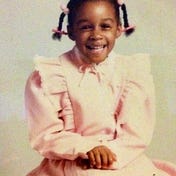Pinned

LaToya Baldwin Clark
Law professor. Living with Bipolar. Teach and write about the law of educational inequality, property and the family. Mom of 3. All opinions my own.

Law professor. Living with Bipolar. Teach and write about the law of educational inequality, property and the family. Mom of 3. All opinions my own.